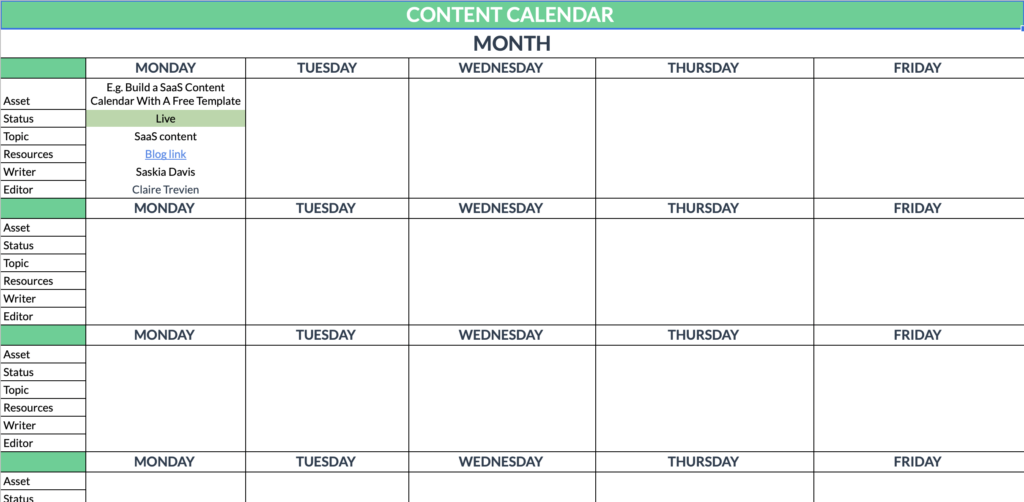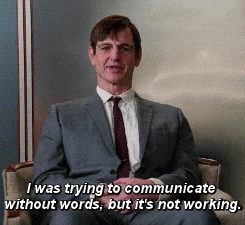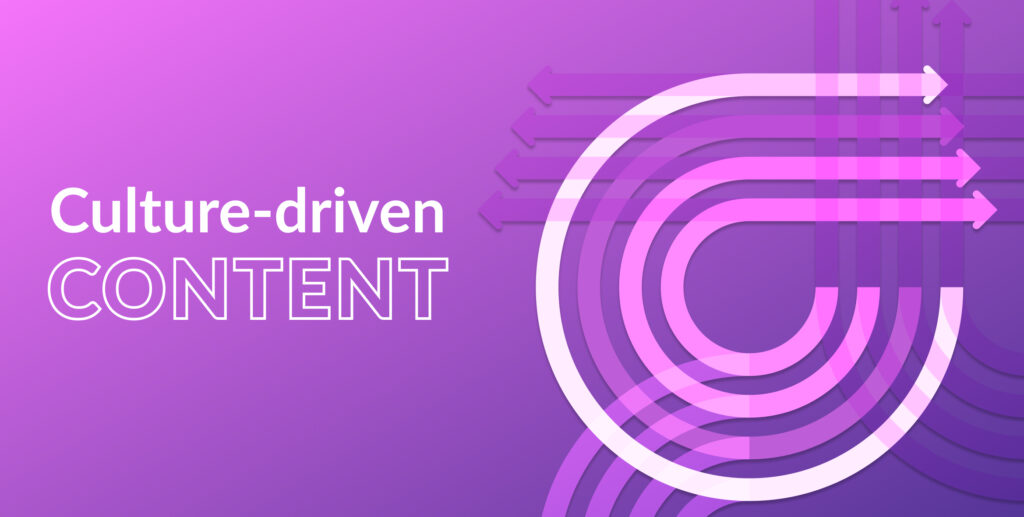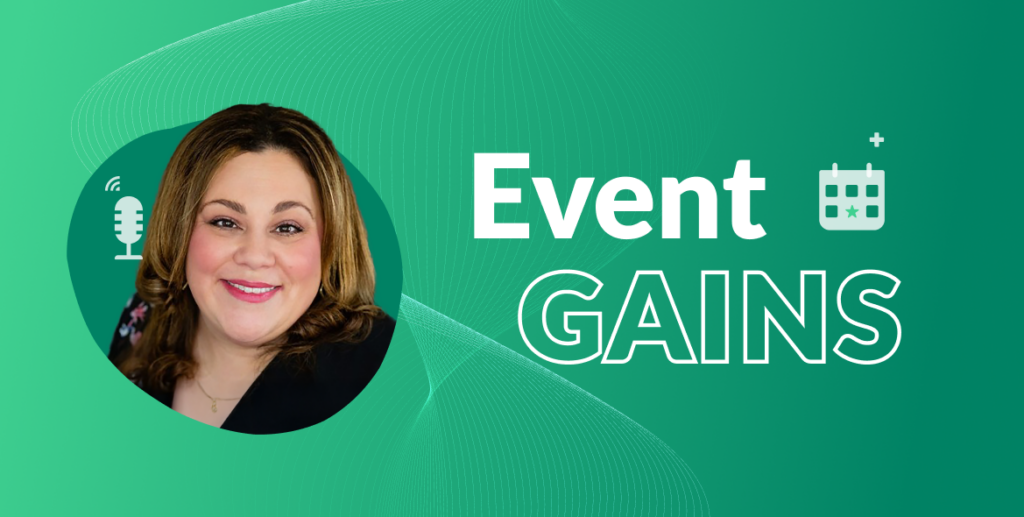Content calendars: The basics
Did you watch the latest season of Peaky Blinders?
Each episode needed time spent to create, including brainstorming, screenwriting, directing, and post-production editing. Without these fundamental elements, there would be no show.
But what if the BBC had no schedule to air each episode per week?

The answer? Chaos! Whilst the show itself may be a masterpiece, if it didn’t go live at the right time, to the right audience, and with episodes aired consistently in order every week, the channel would be left with dissatisfied and disengaged viewers. And despite the show itself being awesome, it would not get the viewership it deserves.
The same logic applies to SaaS content marketing. Like the episodes of a hit series, your content must fall consistently and logically into place to maintain target audience engagement. It’s more than just a list of assets you’ll publish — it’s a strategy that maximises your team’s time and nurtures your target audience throughout the buying journey.
But when you also need to consider optimising your content and strategy according to SEO keyword research and campaigns, streamlining the edit and upload process can be difficult. Our free SaaS content calendar template can help you build the foundations, but here are some tips to make it work most effectively for your SaaS business.

1. Choose a content calendar format that makes it easy to collaborate

It’s more than just a list, but it’s also more than just a calendar. Your content calendar must support group collaboration, meaning it should be a centralised hub for status updates, writing and editing allocation, and supporting asset links.
Which is why the format should not be overlooked. Use our template as a starting point, but make it your own by tailoring it to the way you work. Most importantly, review the process often, including acting on team feedback to streamline the document.
One other important thing to remember here is to make sure it aligns with your company’s goals, whether that’s keeping to one LinkedIn post per week, one blog post every two weeks, or a gated asset every quarter. Don’t overcomplicate it – and don’t overshoot your team’s abilities. It’s not about filling up the calendar with an overwhelming mass of assets – with content, quality and planning is more important than quantity.
2. Centralise the buyer journey and target audience paint points
The best thing about SaaS solutions is that they are solving specific pain points for businesses operating in hybrid and cloud environments now. But without dedicated content to demonstrate how your solution can help certain businesses, they won’t be able to reap the benefits.
This is where it’s necessary to consider the target audience, using buyer personas and market research. It ensures the content you’re creating reaches the people whose needs your solution is addressing.
The next thing to think about is where different content assets may fit in with the buying journey. With the average tech B2B buyer consuming 3-5 pieces of content before approaching a purchase, these pieces of content need to be optimised for every stage of the consideration process. See more on how to create the right content for your B2B marketing funnel. When planning a content campaign, you can structure your calendar according to the natural rhythm of the buying journey, positioning targeted content to go live at the right time.
3. Building the content library

Once you’ve got your target audience, their pain points, and their buying journey sussed, it’s time for the best part – designing and drafting all the content assets!
Hold up – what about the content you’ve created already in the past?
Any content creator, especially in the B2B sector, knows that great content takes time, research, and careful planning to complete. Don’t waste this brain power – put it to good use. Going back to the TV analogy – there are some great adaptations and remakes around these days!
Identify your best performing content, and see where these can be updated or enhanced to maximise their full potential. This will save your team’s time when planning for the campaign, and will boost leads and engagement on already successful content.
Of course, alongside repurposing existing content, you’ll need to draft new content to fill the gaps in your B2B content strategy. This shouldn’t just rely on the final calendar deadline – that will lead to stressed writers and editors and may delay the production flow.
Schedule regular content planning brainstorming sessions, and ensure your content creation tasks and deadlines are integrated into the calendar for a consistent production workflow. Task management software solutions such as Notion can provide automated email reminders to keep content creation prioritised.
4. Schedule content with an efficient plan in mind

This part can seem complex, and part of it relies on luck, a lot relies on consideration and planning, but mostly – it relies on consistent evaluation and tweaking. Let’s start with consideration and planning.
Your content should now be structured in terms of which stage of the buying journey it’s positioned, and therefore it should be scheduled and distributed in this order. Make sure your readers have ample time between each asset to read and digest. Also, try to diversify your content types (eBooks, demo videos, expert guides, blogs, infographics) to maintain interest and engagement.
When it comes to distributing content, research best times to do so. For example, whilst LinkedIn does not share the specifics of its social media algorithm, research revealed that the best time to post content is between Tuesday and Thursday, 9 am-12:00 pm. The worst day, unsurprisingly, is Sunday.
When distributing a newsletter make sure you’re thinking about geographies so that the email doesn’t arrive when your target audience is asleep! Luckily, automated content distribution platforms such as Hootsuite or Mailchimp can help you streamline this process.
5. Measure the results!
Like most aspects of business life, content distribution rarely goes according to plan. See this as a bonus – it’s an opportunity for data collection! It’s good to understand where content assets are underperforming and where readers are dropping off in terms of scroll depth or read times.
Going back to the importance of repurposing existing content – underperforming content can always be adapted, updated, or enhanced to achieve their potential. Whether you need to shorten the length or SEO-optimise, use these insights to optimise future content creation.
Likewise, use native data insights from social media platforms or insights obtained from Hootsuite to understand how the day, time, or channel can influence engagement.
With a diverse and targeted content library, an efficient creation and scheduling system, and consistent evaluation and optimisation, you can give your content the airtime it deserves. Download our free content calendar template to start building the foundations of your campaign today.
If you would like to find out more about Isoline’s expertise on building an effective content strategy, creating diverse and engaging tech B2B content, and optimising distribution channels, get in touch at hello@isolinecomms.com



